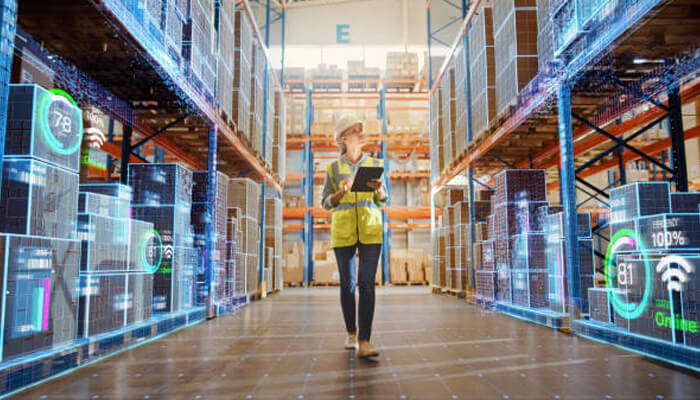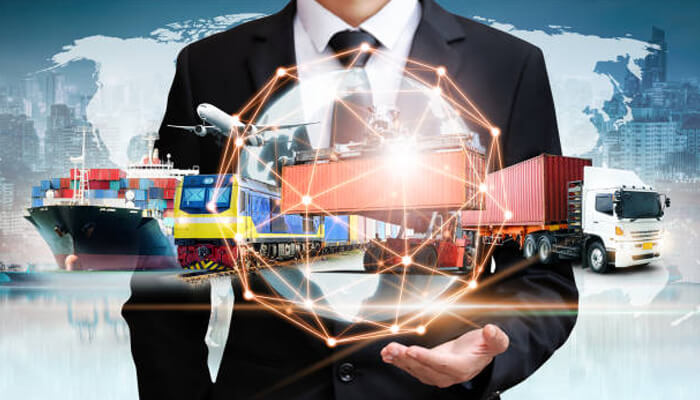Logistics technology trends are changing the industry, making it fiercely competitive. Organizations need to optimize and improve constantly. The implementation of this state-of-the-art technology helps.
Trends in Logistics Technology to Watch Out
Machine learning and Artificial Intelligence
ML and AL play significant roles. The use of machine learning and artificial intelligence is in every link within supply chain integration. It is useful for the flow of large data and is used or analyzed commonly in supply chain trends. It is the reason logistics firms are making essential changes in their organizations. AI and ML are useful tools and offer visible results in solving complex logistics issues.
Blockchain Technology
Associating blockchain with cryptocurrency implies the technology goes with a decentralized digital ledger. It improves logistics technology transparency and provides customers with a chance to track their orders. It makes more transparent audits and promotes security. Blockchain application in the logistics sector saves time and money for companies while eliminating manual paperwork.
Internet of Things (IoT)
IoT in logistics is transforming our life aspects. The growth of connections and the IoT, expanding results relate to various packaging, goods, vehicles, and transportation hubs. It provides more data helping in remotely managing assets. There is more with artificial intelligence pairing including forecasting traffic congestion, ascertaining proper cargo handling, and predicting risk. IoT, in combination with blockchain technology, offers visibility end-to-end.

Customers Demand Data and Real-Time Visibility
Visibility and service transparency are integral parts of offering customer satisfaction. The intralogistics robot’s available forms of data highlight the company’s reputation and the loyalty of customers. Thus, it helps to make quick purchase decisions. The tools and trends of the logistics industry contribute to service transparency formation, proper design of UX/UI, and professional software development. Transport business owners must consider the best options on the list to compete.
Cloud Computing
Cloud computing promotes the software and its operating costs. The supply chain integration for the logistics management software and transportation industry is the key to helping in quick optimization. It helps in work processes, stores or collects, and transfers data. For transport and logistics companies, technologies are indispensable. They allow us to scale and grow, and improve real-time data updating, besides easy sharing ability on a platform, assuring convenient collaborations. It is the main trend in logistics technology, improving financial control.
Digital Twins
Digital twins are useful in details models of containers. It assists in predicting potential problems. The intralogistics robots determine the container’s use, container fleet distribution, and optimal size. It helps develop packing sustainable materials.
The real objects in digital space are the digital doubles. These form from the data including real-time, historical data done by sensor collection, and algorithms. It assists in digitizing services or product life cycles. In supply chain management and logistics, digital twins are in combination with Artificial intelligence and virtual reality apps. The digital twins determine the conditions of goods transportation and optimal distribution space.
Robotics and automation
The world’s warehouses around four-fifths are inbound logistics. It runs manually. It has great potential in logistics processes for automation. Robots work with humans in collaboration and thus reduce the need for repetitive work. It also eliminates the worker shortage issues common at high work times.
The future intralogistics robots will feature more sophistication with packing, picking, and sorting. It will be the last-mile and commonplace deliveries performed with assistance or autonomously. Adding to these robots are the trailer-loading bots. It will give great relief to humans from physically demanding tasks. Using AI to load vehicles optimally is the advantage.


